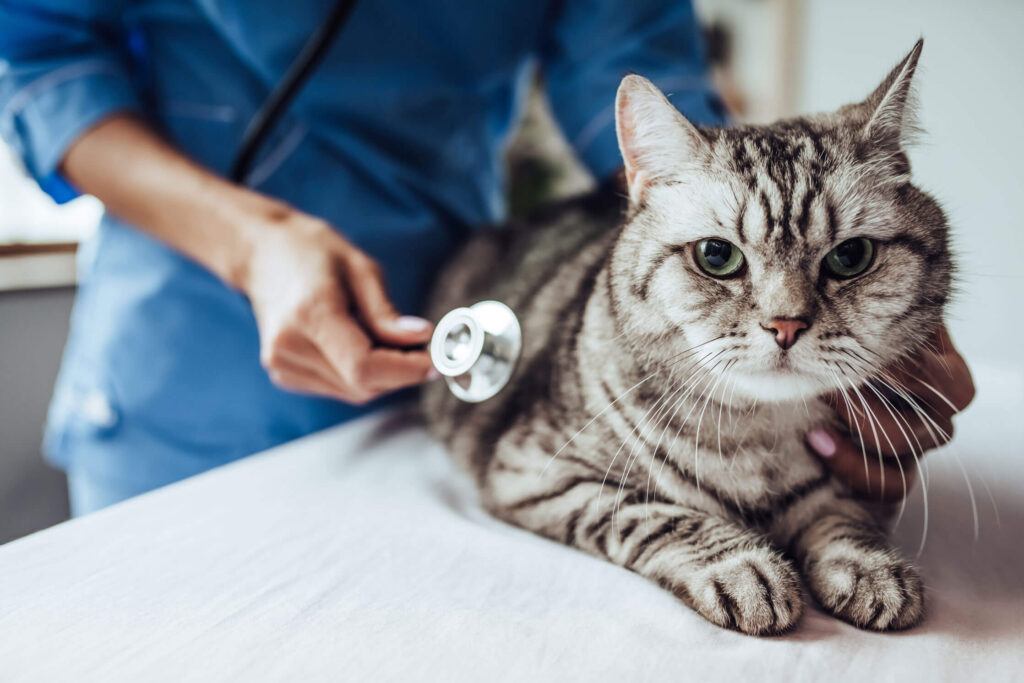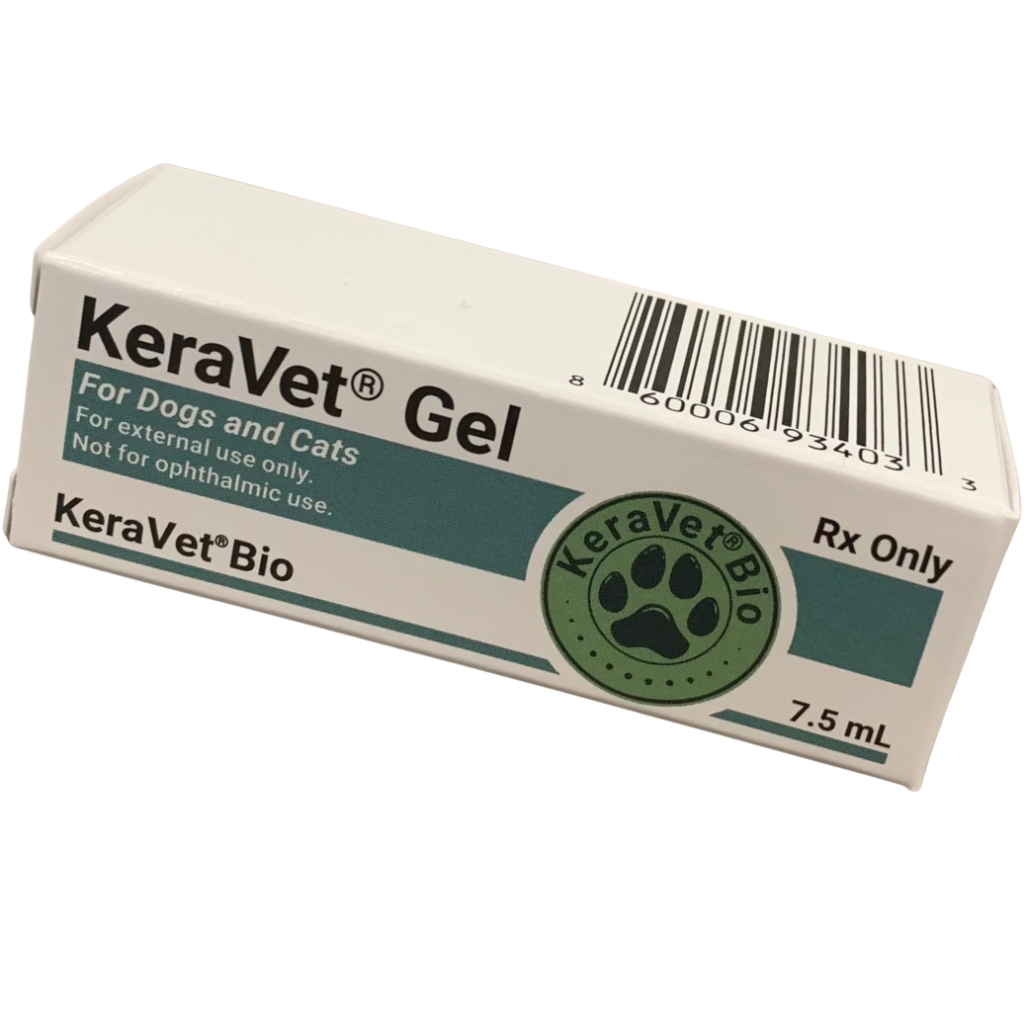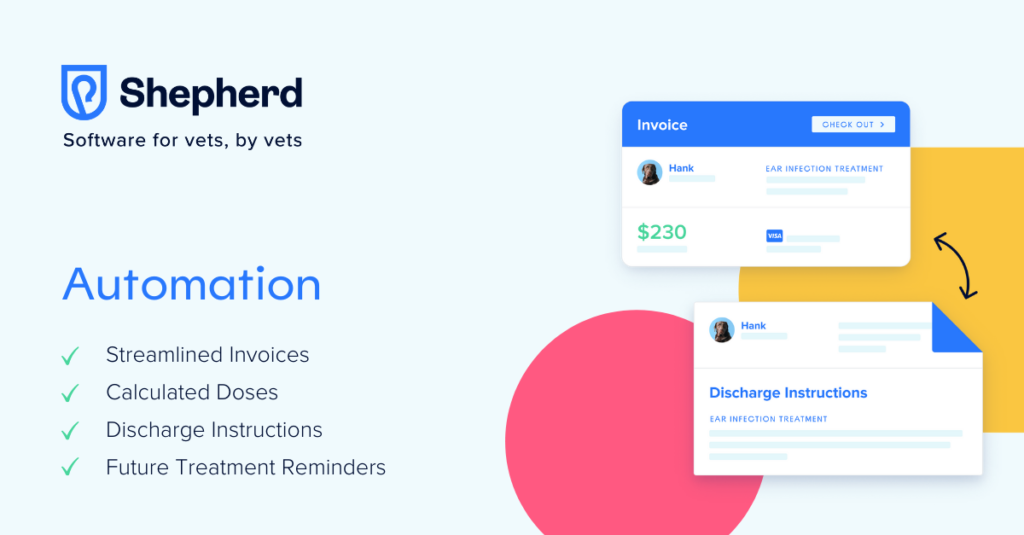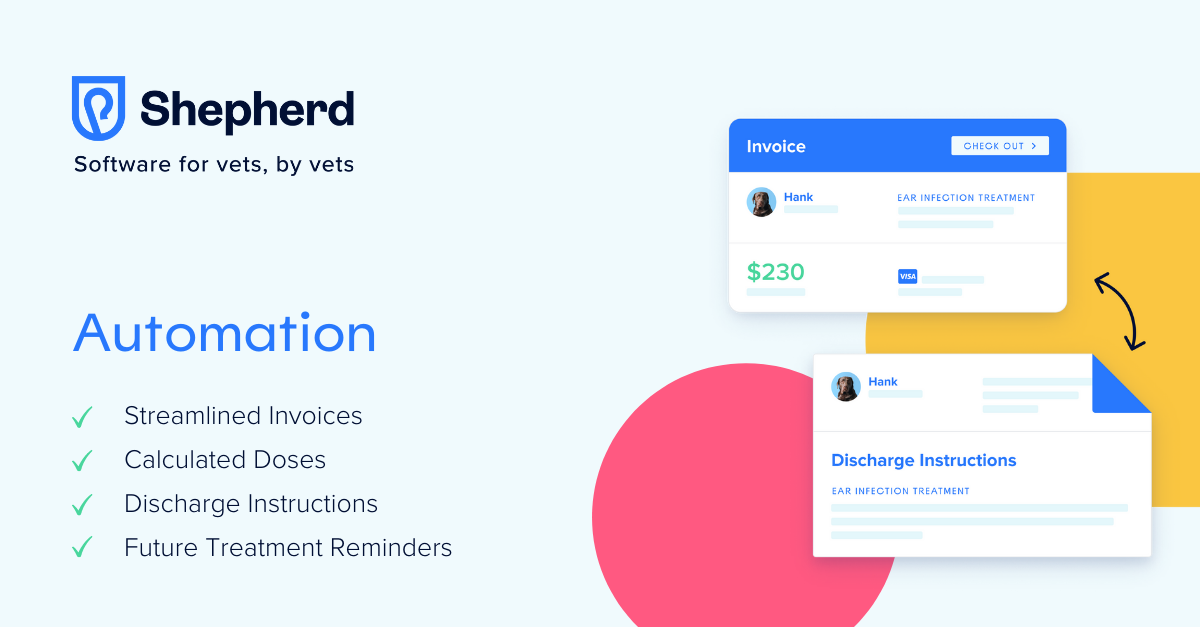
In the world of veterinary care, creating a stress-free environment is not just a goal; it’s a necessity for the health and wellbeing of our furry patients. The integration of pheromones into veterinary practices has revolutionized the way we approach animal stress, aligning perfectly with the Fear Free initiative’s mission to prevent and alleviate fear, anxiety, and stress in pets. bSerene™ is at the forefront of this movement, offering science-based pheromone products specifically designed for dogs and cats.The Power of Pheromones in Creating Calm
Pheromones are chemical communicators that play a crucial role in animal behavior and emotional regulation. These odorless signals are key to social bonding, territorial marking, and many other aspects of animal life. bSerene™ harnesses the power of these natural communicators to create a sense of security and calm in stressful environments such as veterinary clinics.
How Calming Pheromones Enhance Veterinary Care
- Immediate Detection and Response: Animals detect calming pheromones through the vomeronasal organ, leading to an immediate calming response processed by the brain. This natural mechanism is why pheromone-based products are so effective in reducing stress in clinical settings.
- Evidence-Based Success: Research supports the efficacy of pheromone use in veterinary practices. Studies show that feline facial pheromones can increase comfort and wellbeing, evidenced by behaviors like increased food intake and grooming. Similarly, canine pheromones have been shown to reduce stress during examinations, making the veterinary visit smoother for both pets and practitioners.
The Power of Pheromones in Creating Calm
bSerene’s partnership with the Fear Free program underscores its commitment to improving the veterinary health care experience. Here’s how you can integrate bSerene™ pheromone products into your practice to support this mission:
Pheromone Diffusers in High-Stress Areas
- Exam Rooms: Create a calming atmosphere that facilitates smoother assessments.
- Waiting Rooms: Reduce the anticipation stress often experienced by pets.
- Kennel Areas: Promote a sense of calm for pets staying for extended periods.
Pheromone Sprays for Direct Contact
- On Scrubs: Help staff soothe pets through their touch.
- In Travel Carriers: Ease the stress of transportation.
- On Towels in Kennels: Provide a comforting chemical message for resting pets.
Pheromone Collars and Valerian Spot-On Treatments
Sending pets home with bSerene™ collars can extend the calming effect beyond the clinic visit. Additionally, advising pet owners to use bSerene™ Valerian spot-on treatments before visits can make a significant difference in managing veterinary visit stress.
A Comprehensive Approach to Stress Management
It’s crucial to remember that stress management in veterinary care requires a holistic approach. bSerene’s innovative use of pheromones, combined with their Fear Free partnership, offers a scientifically backed strategy to enhance the wellbeing of pets. By adopting these practices, veterinary clinics can foster a tranquil environment that benefits pets, pet owners, and clinic staff alike.
Implementing bSerene™ pheromone products in your practice is a step toward a more compassionate and effective approach to veterinary care, ensuring that every visit is as stress-free as possible.
The Dual Benefit: Calmer Pets, Happier Owners
When pets are calm, the entire veterinary experience is transformed. Less stress for pets means:
- Quicker, More Efficient Visits: Calm pets are easier to examine and treat, leading to shorter and more productive appointments.
- Reduced Owner Anxiety: Seeing their pets calm can significantly ease owners’ stress, making them more cooperative and receptive during visits.
- Improved Safety: Stress can lead to aggression. By reducing stress with pheromones, the risk of bites or scratches is minimized, protecting staff, pets, and owners.
- Enhanced Clinic Reputation: Satisfied clients are more likely to return and recommend your clinic to others, thanks to the positive experiences facilitated by pheromone use.
Clinic Checklist for Implementing Pheromone Solutions
Incorporating pheromone-based solutions into your veterinary practice is a strategic move toward a Fear Free environment. This checklist is designed to guide clinics through the process of integrating bSerene™ pheromone products effectively, ensuring a calm and stress-reduced setting for all pets.
Initial Setup
- Evaluate Your Clinic Space: Identify areas where pets commonly show signs of stress, such as the waiting room, exam rooms, and kennel areas.
- Choose Appropriate Pheromone Products: Select bSerene™ diffusers, sprays, and collars based on the specific needs of your clinic’s layout and the common stressors for pets in your care.
Pheromone Diffuser Placement
- Install Diffusers in High-Stress Areas: Strategically place diffusers in the waiting area, exam rooms, and kennel or holding areas.
- Check Diffuser Functionality Regularly: Schedule weekly checks to ensure that diffusers are working correctly and refill them as needed.
Pheromone Spray Usage
- Integrate Sprays into Daily Routines: Use bSerene™ sprays on items that come into direct contact with pets, such as scrubs, towels, carriers, and examination tables.
- Educate Staff on Proper Spray Application: Provide training on how and when to apply pheromone sprays to maximize their effectiveness. For instance, allow alcohol-based sprays to dry for a minimum of 15 minutes before a patient comes in contact with sprayed items.
Pheromone Collar and Valerian Spot-On Implementation
- Stock Pheromone Collars for Post-Visit Stress Management: Offer bSerene™ collars to pet owners as a take-home solution to help pets recover from the stress after a procedure.
- Recommend Valerian Spot-On Treatments: Advise pet owners to apply bSerene™ Valerian spot-on treatments before visits or in other stressful situations.
Staff Training and Education
- Conduct Fear Free Training: Ensure that all staff members are familiar with Fear Free principles and how to use pheromone products as part of this approach.
- Create a Protocol for Pheromone Product Use: Develop clear guidelines for when and how to use each pheromone product in your clinic.
Monitoring and Adjusting
- Observe Pet Behavior: Pay close attention to how pets respond to the pheromone products and adjust their use as needed to achieve the best results.
- Gather Feedback from Pet Owners: Regularly ask clients about their pets’ behavior and stress levels following visits to assess the effectiveness of Fear Free interventions, including pheromone use.
Maintenance and Restocking
- Maintain an Adequate Inventory: Keep a regular inventory of all bSerene™ pheromone products to ensure you never run out.
- Review Product Usage and Effectiveness: Every few months, evaluate the effectiveness of the pheromone products and consider any necessary adjustments or additions.
Community and Client Education
- Inform Pet Owners About Pheromone Benefits: Use newsletters, social media, and in-clinic displays to educate pet owners about the benefits of calming pheromones and how they’re being used in your practice.
- Offer Guidance for At-Home Pheromone Use: Provide instructions and recommendations for pet owners interested in using bSerene™ products at home to extend the stress-reducing benefits.
By following this checklist, your clinic can successfully implement bSerene™ pheromone solutions, creating a more peaceful environment for pets, improving their overall experience, and aligning with the Fear Free initiative’s goals.
This article was reviewed/edited by board-certified veterinary behaviorist Dr. Kenneth Martin and/or veterinary technician specialist in behavior Debbie Martin, LVT.
Want to learn more about Fear Free? Sign up for our newsletter to stay in the loop on upcoming events, specials, courses, and more by clicking here.
Brought to you by our friends at bSerene.


 By Shepherd Veterinary Software
By Shepherd Veterinary Software